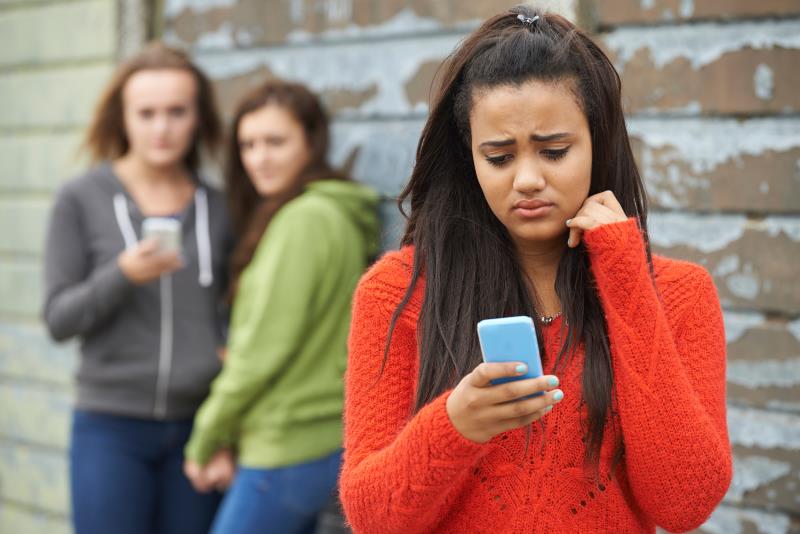
In adolescents with chronic pain, peer victimization contributes to poor mood and, in turn, to worse pain and pain-related limitations in activity, a recent study has shown.
“The chronicity of peer victimization experiences may be an especially potent indicator of risk compared to more episodic instances of victimization. These findings may inform future prevention and intervention efforts in both clinical and community samples of youth,” researchers said.
A total of 156 adolescents were enrolled in the study, of whom 74 had chronic pain. Those with chronic pain suffered from worse health outcomes, including worse mood, poorer sleep, more severe pain, and more limited activity.
Hierarchical linear models showed that daily victimization was significantly and directly correlated with negative mood (B, 0.40±0.12; p<0.05). Similarly, victimization worsened sleep quality and pain, though statistical significance was not achieved. No such interaction was reported for limitations in activity. There was also no correlation between daily victimization and group, suggesting that chronic pain did not aggravate the effect of victimization on health indicators.
Within-person mediation analysis further found that daily peer victimization led to worse activity limitations in the following day, an effect that was mediated by negative mood. On the other hand, between-person mediation analysis found that poor mood was a key mediating factor for the effect of peer victimization on both pain and activity limitations.
Future studies should strive to elucidate causal links between the factors laid out in the present study, researchers said.